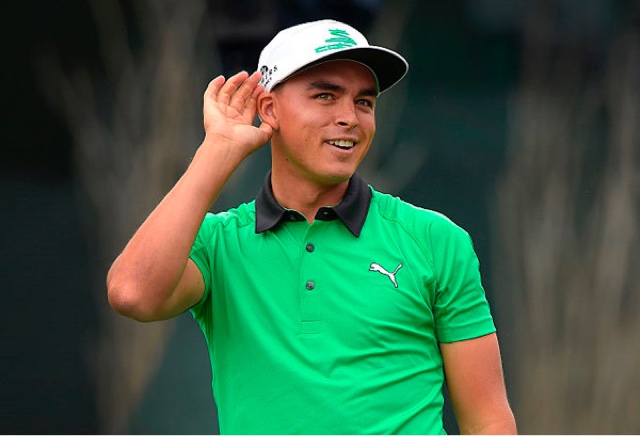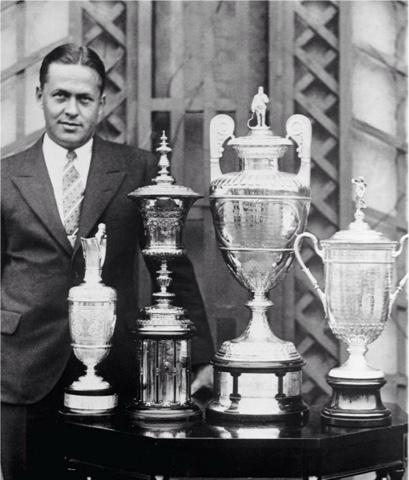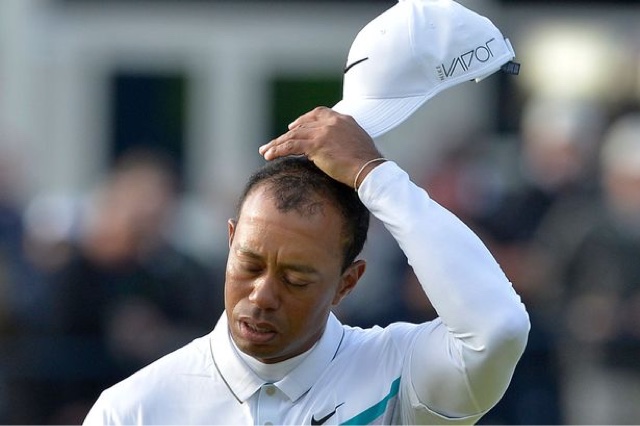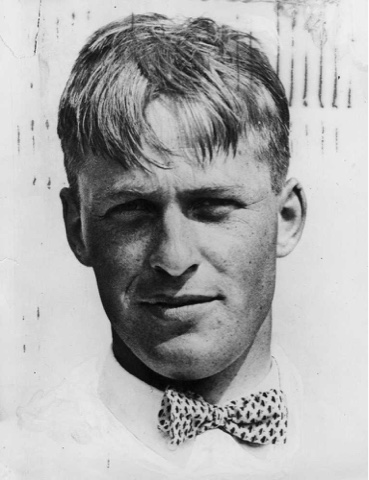The book reads:
"Cotton is golf's ultimate 'hands' man, an unrepentant iconoclast who relentlessly insists: (a) that the ever-growing accent on body action is at best wrongheaded and at worst physically injurious and (b) that there is no way mechanically to program and fundamentalize the golf swing, at least insofar as the average mortal is concerned."
No one was more fanatical or worked harder to develop their game than Cotton, with the possible exception of Ben Hogan. He began playing at eight years of age and was not a natural talent. He hit countless thousands of balls, experimenting with more methods than even Gary Player. Methods of Golf's Masters goes on to say:
"The stories told in British clubs of the youthful Cotton having to be carried off practice putting greens because of muscular seizures resulting from bending over the ball so long are not apocryphal. Since early middle age he has had to do calisthenics to counter bone and muscle distortions resulting from endless hitting of golf balls.
The theories he now so emphatically promulgates about hitting a ball would therefore seem to be drawn from an extremely valid source--a vast and wide-ranging amount of personal trial and error resulting in one of the most effective swings in history.
In proclaiming that the key to sound and long-lasting golf lies in the condition and actions of the hands, Cotton does not deny that other methods work--simply that the hands method, once mastered is the easiest, most effective, and longest lasting. The only really adamant stance he takes is against the concept that the golf swing can be mechanically standardized--a position borne of his own failure to do just that after one of the greatest single efforts in history to accomplish such a goal. He had clearly recognized this personal failure as long ago as 1938, when he wrote in an American magazine:
'I have always admired the attitude of American golfers in general towards the game of golf, and have always gained much encouragement from their enthusiasm, although I must say that I never quite understood the idea of those seeking to standardize golf instruction throughout the world. It was perhaps in theory a worthwhile idea, but one destined to fail.
At one time I felt it would be possible to perfect a standard system, but now, whilst I am prepared to concede there are certain fundamentals in the golf swing, I believe the whole art of teaching golf lies in helping the pupil to translate the fundamental principles via his own physique. I have wasted... much time trying to copy assiduously different leading players. This was especially true when I began to study the game. But it was not until I decided I could not play their way that I made much improvement.
Golf is an individual game and will ever be so, whilst human beings vary in physique. The thoroughness with which American golfers have analysed golf in an attempt to find 'the secret' has further convinced me there is no secret. To watch a first-class field drive off must surely convince everyone that a golf ball can be hit in many ways.'
Later he also conceded that his original highly mechanistic approach to developing a putting stroke was one of the chief reasons he was so poor a performer on the greens, compared with his prowess at at reaching them."
So what did Cotton believe was key to swinging a golf club? In my next article I'll cover that.
























